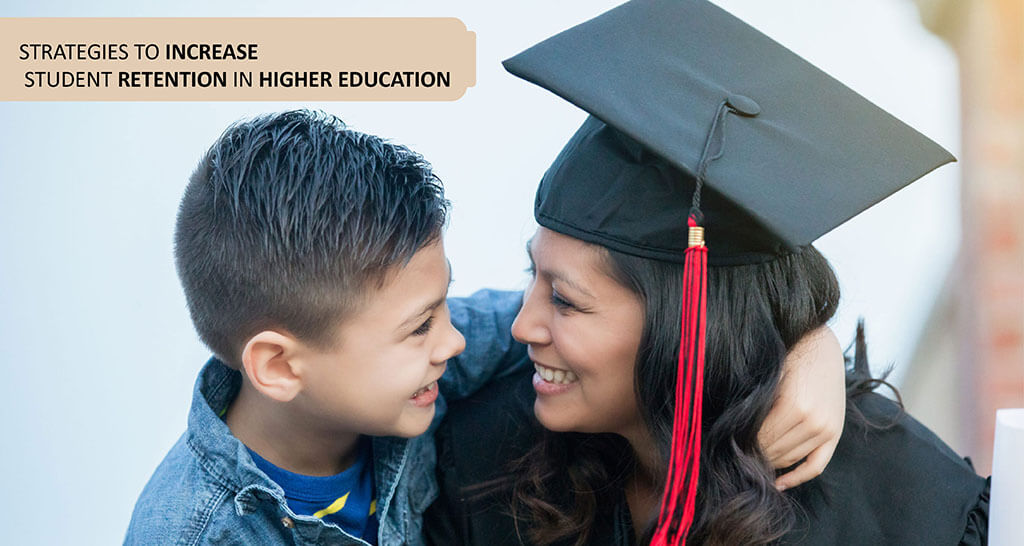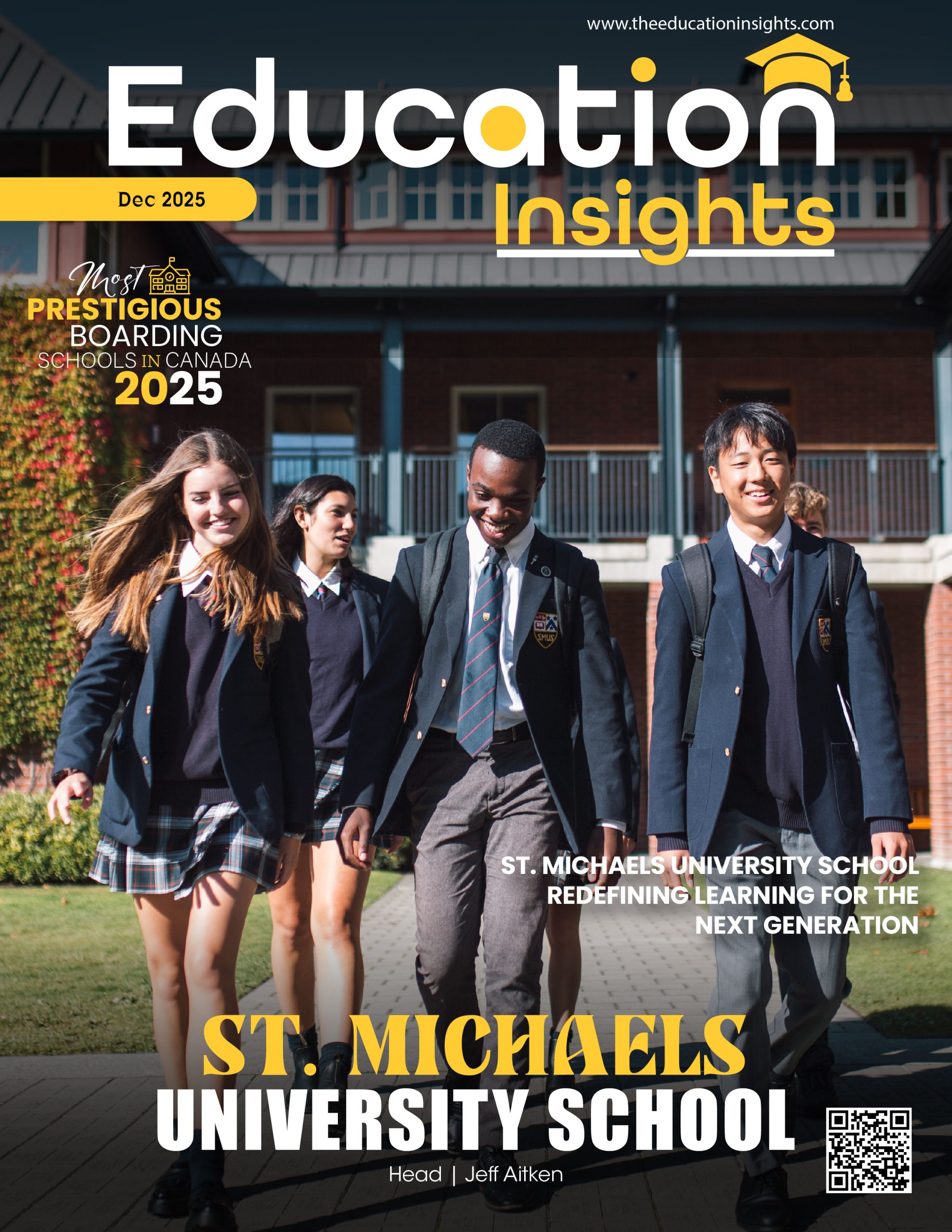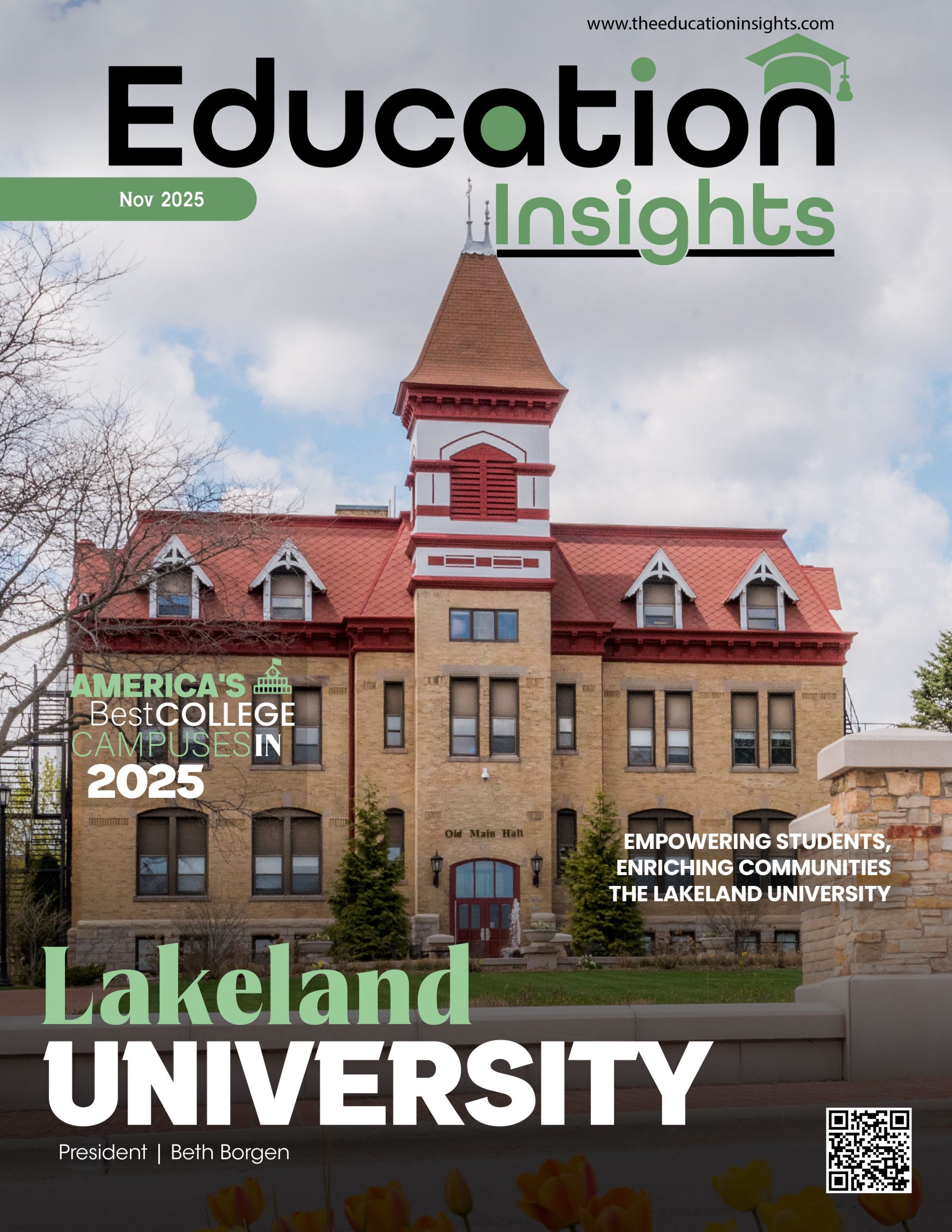When considering student retention measures, higher education administrators often assess students’ academic and social integration into the school community. As a result, retention tactics that emphasise these two crucial areas, such as educational interventions and a feeling of belonging, are critical to a student’s success. Creating concrete strategies to identify students in need and execute supporting programmes significantly enhances student retention rates by assisting struggling students to get back on track and integrate themselves as active, vital members of their campus communities.
Here are some strategies for increasing student retention and keeping college students involved and encouraged in your community.
Teach Students Success Habits
Many students drop out of college or university because they do not comprehend what is required or are unfamiliar with the available options. As a result, colleges must make campus resources accessible to students via convocation, orientation, and first-year seminars.
Furthermore, institutions must ensure that students realise which GPAs maintain them in good academic standing and what activities and opportunities exist for them to connect more with the university.
Establish Small Goals
Currently, just 53% of public universities have set student retention targets. Unfortunately, schools that do not establish objectives have a more difficult time gauging progress and implementing successful programmes.
As a result, institutions must set targets for student retention and degree completion. Universities may establish successful programmes that can subsequently be expanded to incorporate the whole institution by dividing these objectives into programmes, courses, and departments.
Gather Data and Put It to Use
To address poor student retention rates, universities must collect data on programme efficacy, student accomplishment, and resource allocation. Once this data is gathered, it may be used to improve student retention efforts year after year intelligently. A student management system is a better approach to collecting data.
Create Intervention Plans
Reaching out to at-risk students before they leave the institution is one of the most effective methods to boost student retention. Beaufort County Community College, for example, does this by developing an early alert student referral programme.
Students with academic, personal, financial, or social issues are sent a letter notifying them of the college’s resources and available seminars to assist them in resolving the situation.
Define “Student Success”
When a university creates a shared vision of student success, students may connect more easily with the objective while enabling the institution to allocate and manage resources to promote student achievement.
Combine All Resources’ Strength
Student retention is a significant problem that institutions will struggle to overcome unless all available resources are employed. This entails combining the power of professors who are the first to detect student absences with the power of financial aid professionals who can implement innovative financial solutions and student affairs experts who can connect at-risk students with accessible services.
Universities become more successful, and students benefit from enhanced assistance by developing a holistic student retention strategy backed by suitable technology.
Provide Numerous Opportunities for Success
Students who believe education is a Sisyphean chore are likelier to drop out; therefore, colleges must give good options for success. This entails establishing high yet attainable expectations and assisting students in developing objectives that promote accomplishment.
Another important strategy to assist students in celebrating their journey is to provide them with degree audits and degree shopping tools that allow them to measure their progress toward accomplishment.
Survey Students
Surveying students regularly is one of the most effective strategies to deter students from leaving and prevent problems from arising. This enables the administration to respond to criticism and fix issues as they emerge.
Emphasis on Community Building
Building a network for kids both within and outside of the classroom is an excellent strategy to alleviate feelings of loneliness. A strong sense of community may help promote good study habits and outstanding academic success.
Increase Academic Advising Resources
Academic counselling is an essential component of student success. Helpful, educated, and approachable advisers are critical for assisting students in gaining access to school activities and services and enhancing retention rates.
This is particularly true in the contemporary reality of shifting student demographics and delivery methods. Students may experience the student journey in several traditional and non-traditional, on-campus and online modalities.
Connect Students with Financial Resources
Finances may be a significant issue for students on the verge of dropping out of college, particularly those attempting to combine their education with the need to support family members. For decades, higher education expenses have been rising, and some students may not have access to financial aid or family support to help them handle the load.
Offer Flexible Scheduling
Workplace commitments and family duties might make it difficult for some students to attend courses during regular hours or become active on campus in other rewarding ways. Provide flexible scheduling, such as weekend and evening sessions, to meet job schedules, as well as inexpensive child care choices for students who are parents who want to continue their education and better manage competing commitments.










